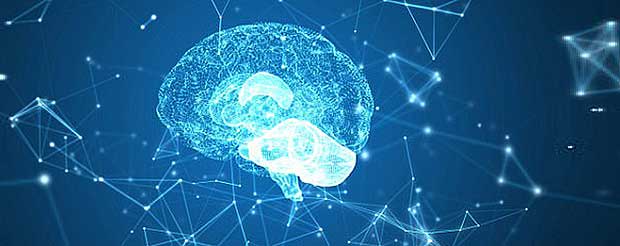
Drug addiction is, for the most part, a major topic in America and across the developed world. A big part of that comes from the fact that the opioid crisis in America is still burning away in the background. However, a recent decision by the University of Minnesota Medical School could finally offer a solution to treating drug addiction. How so? They claim to be using “the hidden stars of the brain” to help find a treatment that works.
Now if that sounds overly New Age, it’s nothing of the sort. It’s actually a study that has looked closely into how dopamine is used within the body. The brain uses dopamine to ‘reward’ us and contributes massively to how we stay motivated to learn and do things. Dopamine disruption is a big part of drug addiction. This new study, then, shows that there could be a solution to all of this.
The study suggests that by targeting astrocyte calcium signalling, we could quickly decrease the behavioral impact of amphetamines. Michelle Corkrum, PhD, is the co-lead on this study and has worked alongside Ana Covelo, PhD, Alfonso Araque, PhD, and Mark Thomas, PhD.
With a star-like shape, Corkrum has named the astrocytes in the mind “the hidden stars of the brain”. They have been seen as a supporting cell for the brain for a long time, but we’re now beginning to realize their vital importance to regular brain function. The study shows that astrocytes contribute massively to how information is processed, and how we genuinely think and get through the day.
They found that astrocytes seemed to react positively to dopamine. By adding calcium in the nucleus accumbens, they noticed a significant change. They looked specifically at amphetamines, though, because they help to increase dopamine. They found that astrocytes respond to the presence of an amphetamine with an increase in calcium. If the astrocyte activity is then allowed to ablate, the effect on behavior from the amphetamine will decrease drastically.
Corkrum spoke about the findings, saying: “These findings suggest that astrocytes contribute to amphetamine signaling, dopamine signaling and overall reward signalling in the brain,
“Because of this, astrocytes are a potentially novel cell type that can be specifically targeted to develop efficacious therapies for diseases with dysregulated dopamine. We were able to integrate the phenomenal resources that the U of M offers to conduct state-of-the-art research and work with numerous different core facilities, which played key roles in this study,”
The aim is to keep researching the topic in the hope that more information can be found about what happens with repeated exposure. So, while we are still at a very early point in this study, the signs are good: we might be able to find a way to reduce and dissipate drug addiction in the long-term.
Citation
https://med.umn.edu/news-events/researchers-discover-novel-potential-target-drug-addiction-treatment